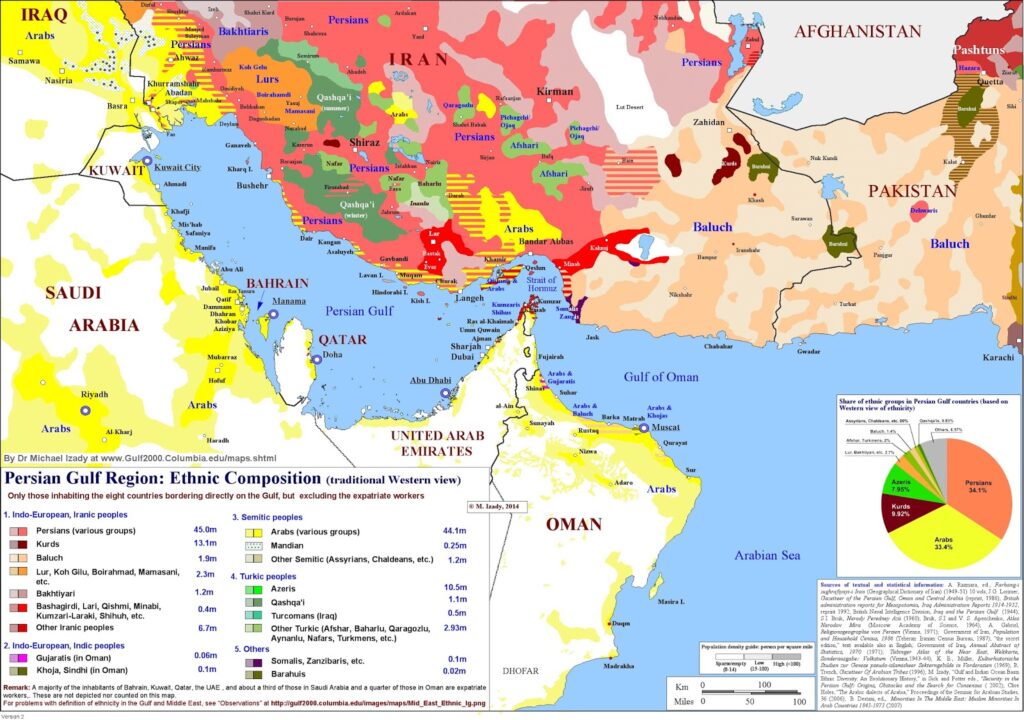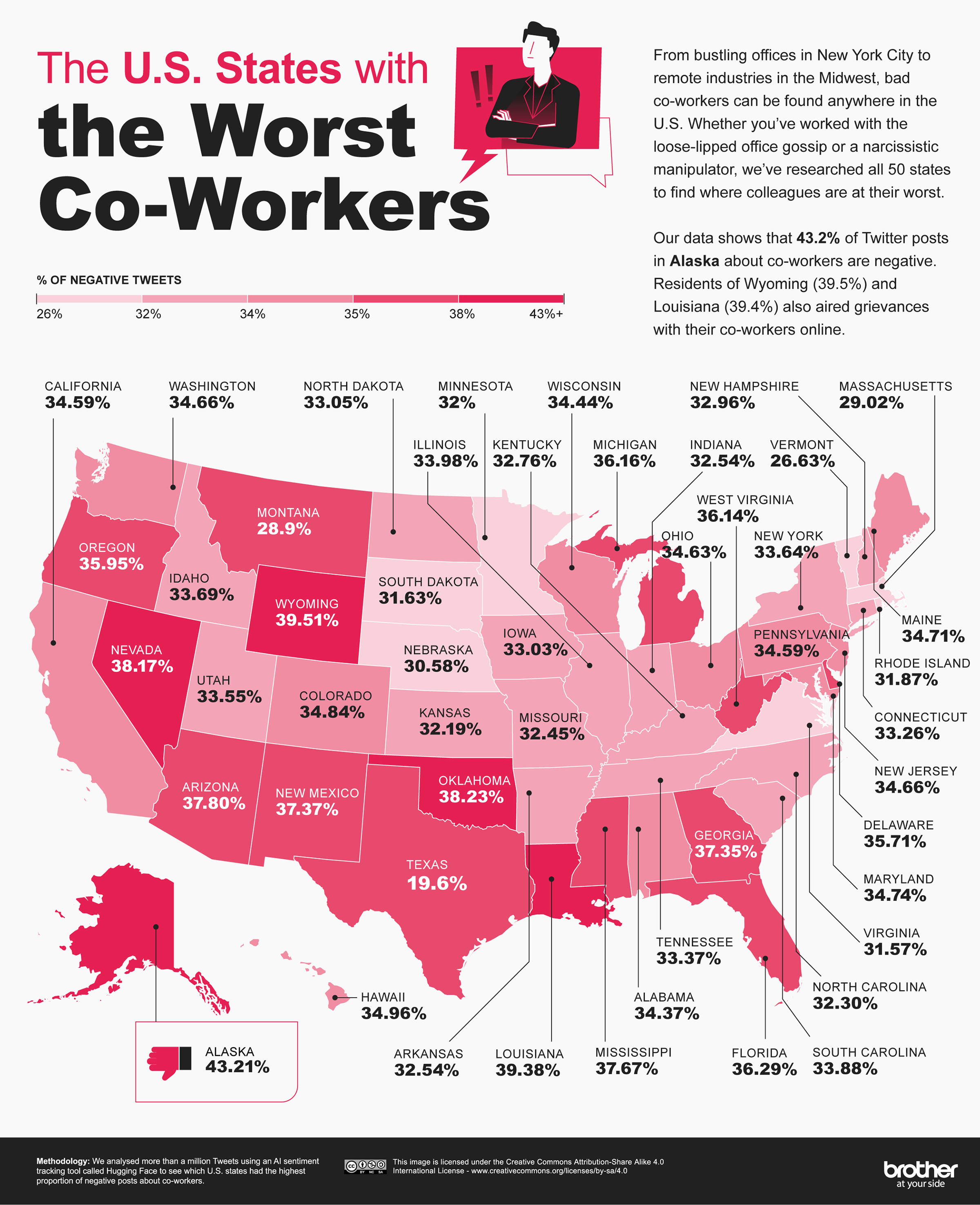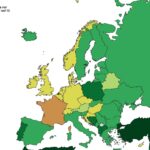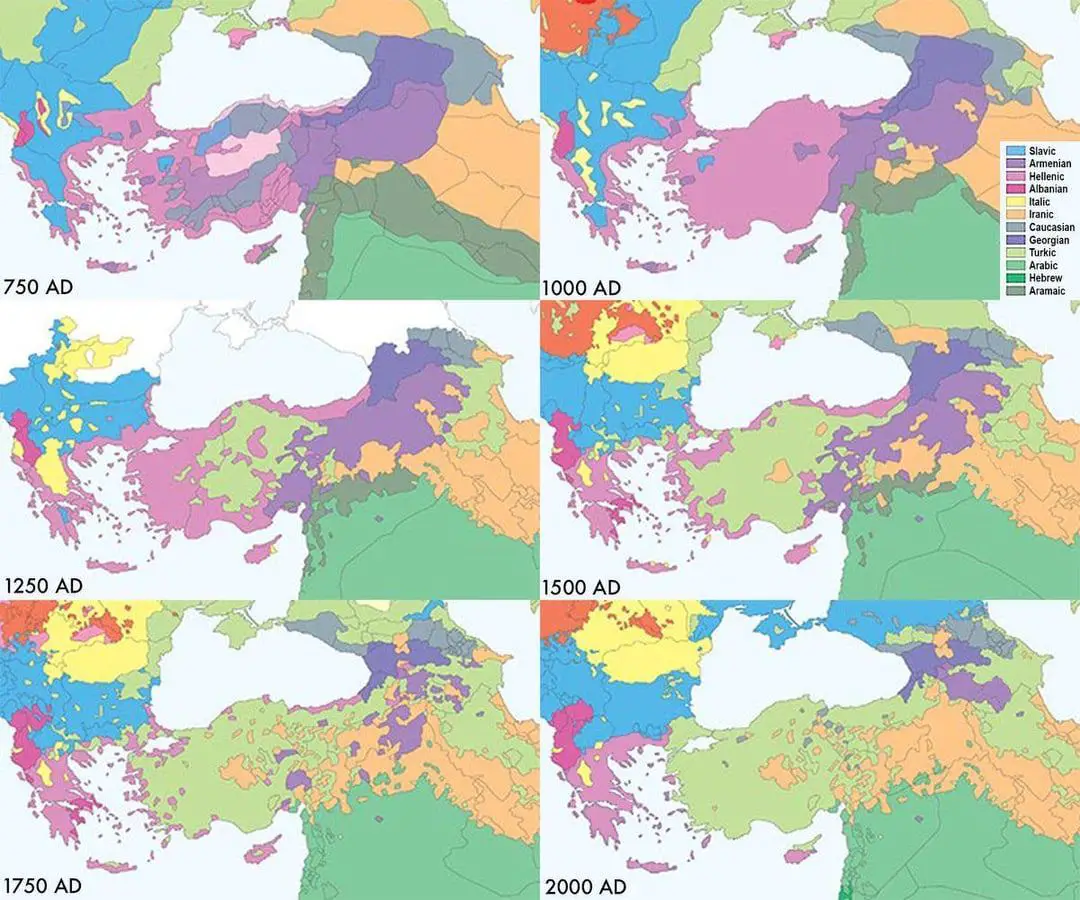Persian Gulf Ethnicity Map
When you look at coastal states around the Persian Gulf, one might expect a simple Arab / Persian divide. But the reality is richer and more entangled than that. According to Izady’s map of Gulf-bordering populations (excluding expatriate workers), the distribution is approximately as follows:

| Ethnic group | Estimated population | Share (%) |
|---|---|---|
| Persians (various groups) | ~ 45.0 million | ~ 34.1 % |
| Arabs (various groups) | ~ 44.1 million | ~ 33.4 % |
| Kurds | ~ 13.1 million | ~ 9.92 % |
| Azeris | ~ 10.5 million | ~ 7.95 % |
| Lur / Koh Gilu / Boirahmad / Mamasani / Bakhtiyari etc. | ~ 3.5 million | ~ 2.7 % |
| Afshar, Baharlu, Qaragozlu, Aynanlu, Nafar, Turkmens, etc. | ~ 2.93 million | ~ 2 % |
| Baluch | ~ 1.9 million | ~ 1.4 % |
| Assyrians, Chaldeans, others | ~ 1.2 million | ~ 0.9 % |
| Qashqa’i | ~ 1.1 million | ~ 0.83 % |
Persians and Arabs
Izady’s map suggests Persians make up a slight plurality, at ~34 %, with Arabs just behind at ~33 %.That closeness suggests that Persian and Arab groups are similarly prevalent along the Gulf shores.
On the Persian side, “Persians” here includes several subgroups and Persian-speaking minorities. On the Arab side, it includes Arab communities along Iran’s southwestern coast as well as in the Gulf Arab states.
Kurds and Azeris
Kurds, mostly associated with the interior highlands and border zones, show up in this Gulf-adjacent count at almost 10 %. That speaks to the reach of Kurdish populations in Iran and Iraq, some of which lie not far from Gulf provinces. Azeris (Turkic-speaking), often considered the largest non-Persian group in Iran, account for nearly 8 %.
In broader Iranian demographic sources, Azeris are often estimated at ~16–24 % depending on methodology, and Kurds between ~7–10 %.
Lurs, Turkmens & Tribal Groups
The “Lur / Koh Gilu / Bakhtiyari / Mamasani etc.” cluster (2.7 %) captures a number of southwestern Iranian tribal and mountainous groups. Similarly, the listing of Afshar, Baharlu, Qaragozlu, Aynanlu, Nafar, Turkmens, etc. (2 %) captures smaller Turkic or Turkic-adjacent tribal identities.
These groups often live in transition zones, in mountain fringes, or historical tribal corridors. Their identities may overlap with or shift into larger Persian or Turkic identities over time.
Baluch, Assyrians/Chaldeans, Qashqa’i
Baluch appear with ~1.4 % share. The Baluchi population is more concentrated further east (in Sistan & Baluchestan, and across into Pakistan), so their Gulf-adjacent share is modest.
Assyrian and Chaldean Christian minorities, often small in number but historically rooted, register ~0.9 %. The Qashqa’i (a Turkic nomadic confederation in southern Iran) also appear at ~0.83 %.
Look closely at the Persian Gulf and you find more than just one or two peoples. Persians and Arabs make up most of the population, but you’ll also come across Kurds, Azeris, Lurs, Baluchis, and a scattering of smaller coastal and island groups. For such a small corner of the world, that’s quite a mix — and it helps explain why the Gulf has always been a crossroads where different cultures and languages meet.







